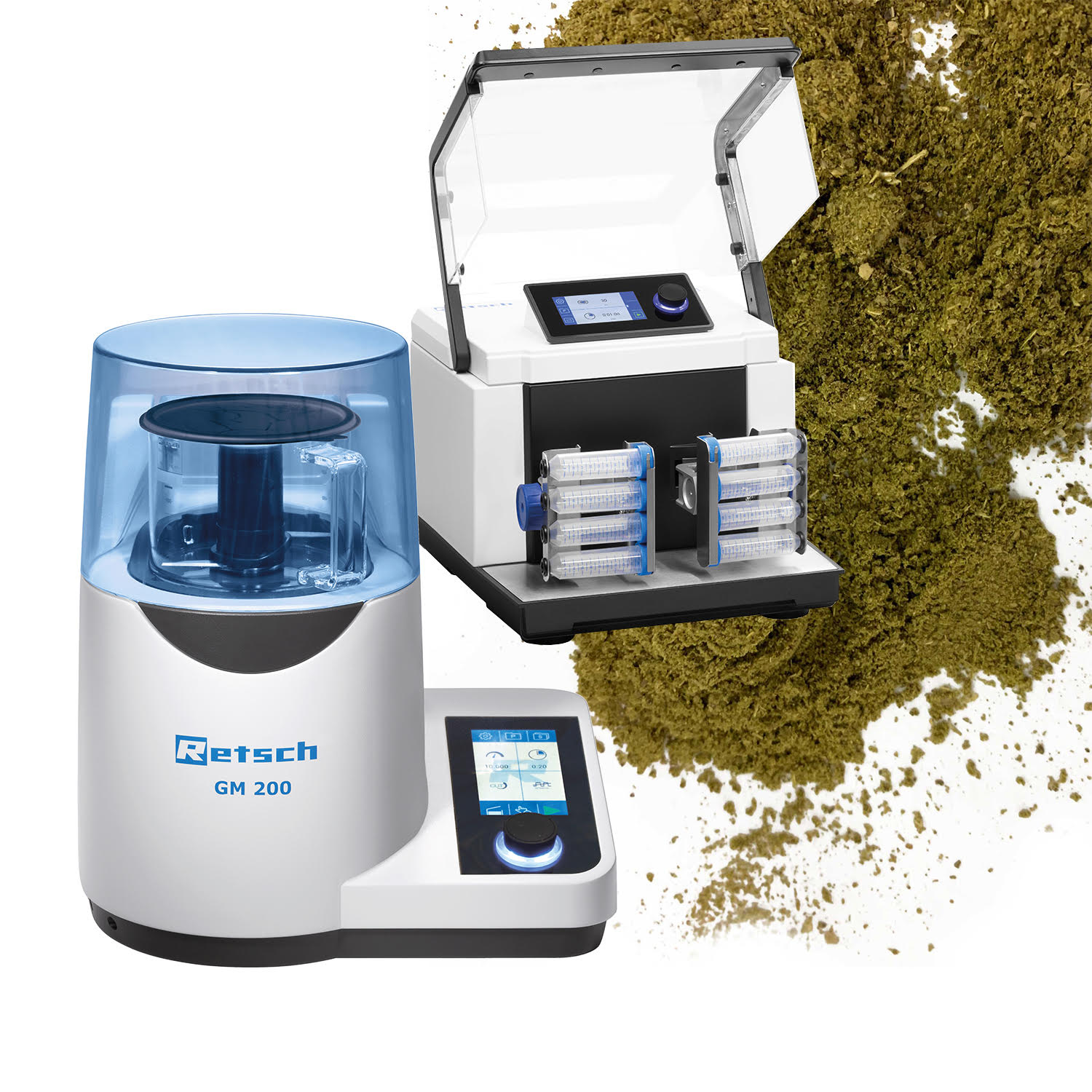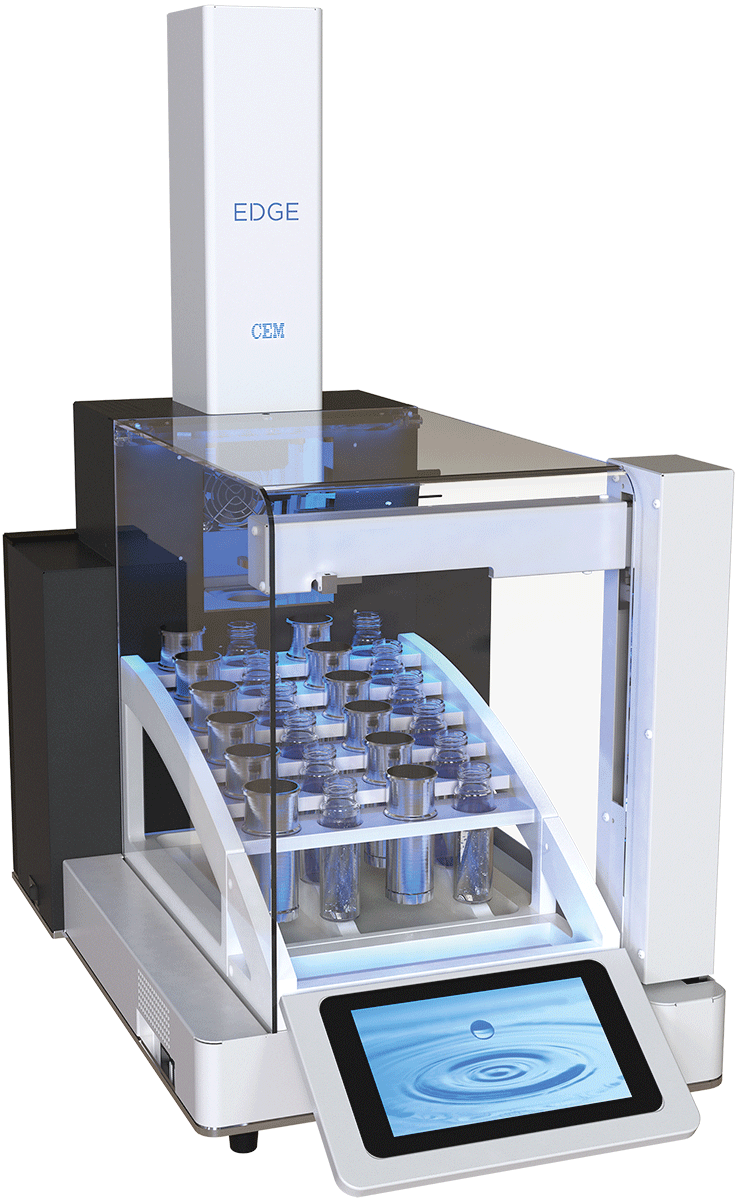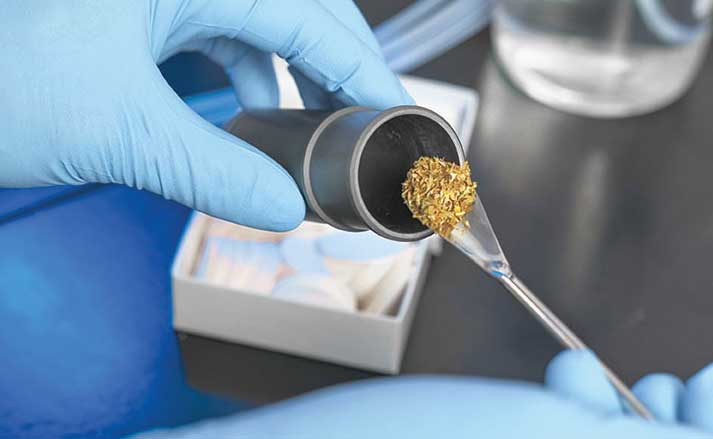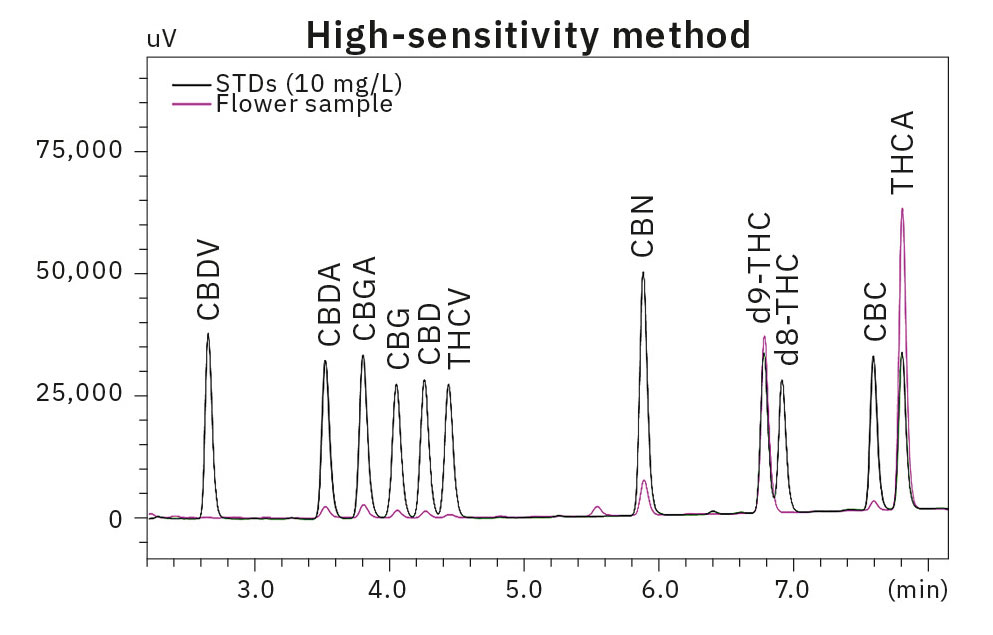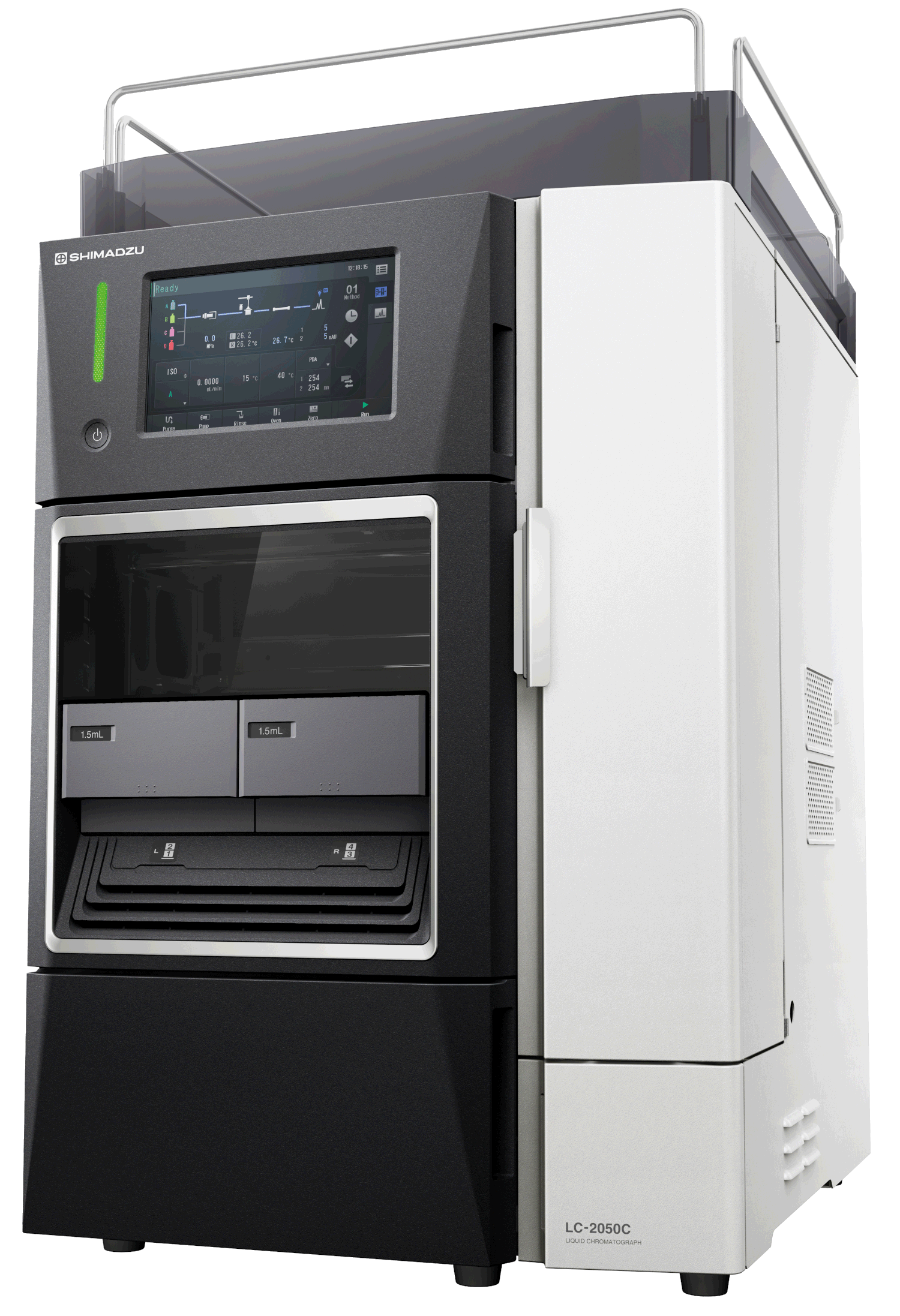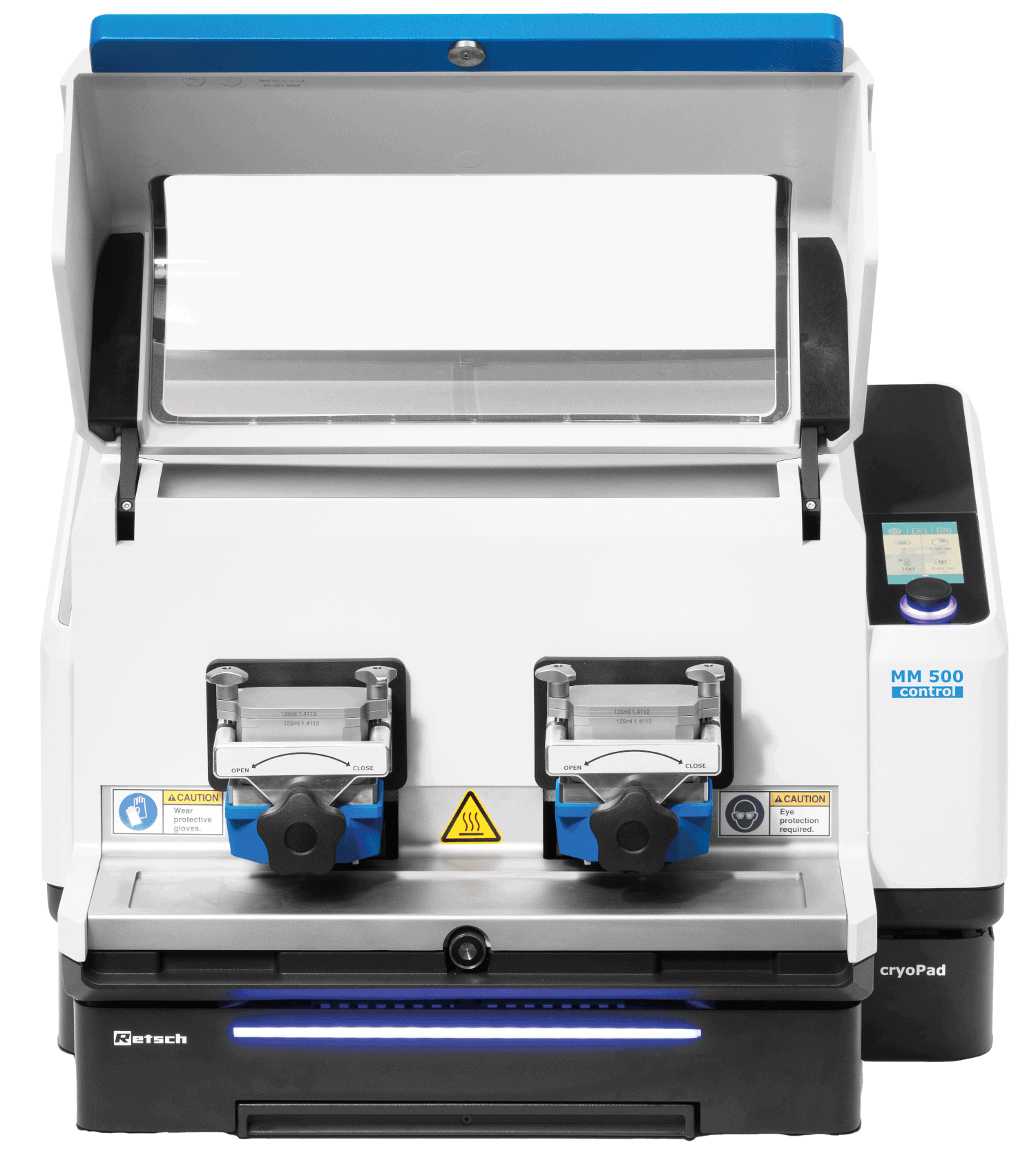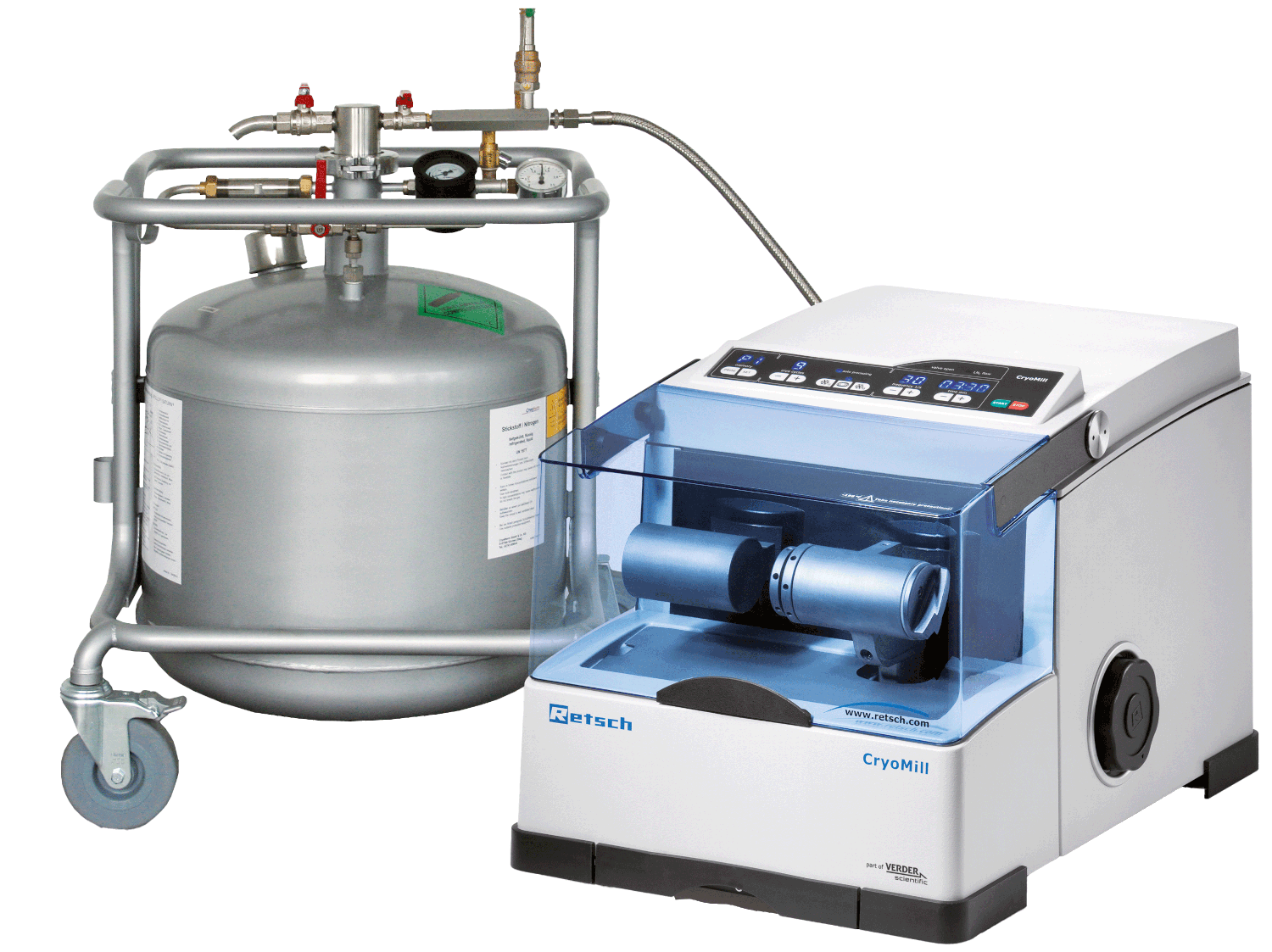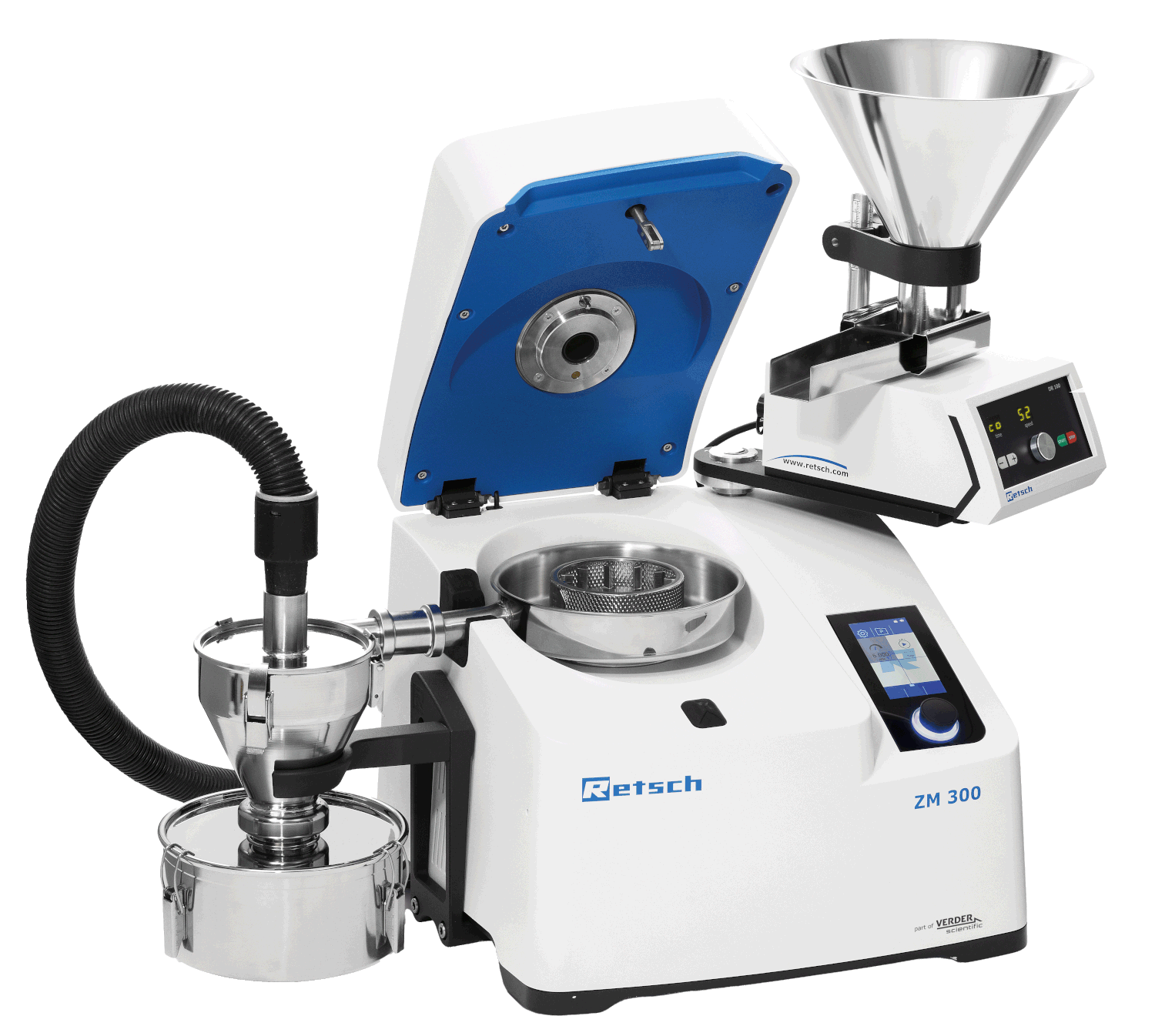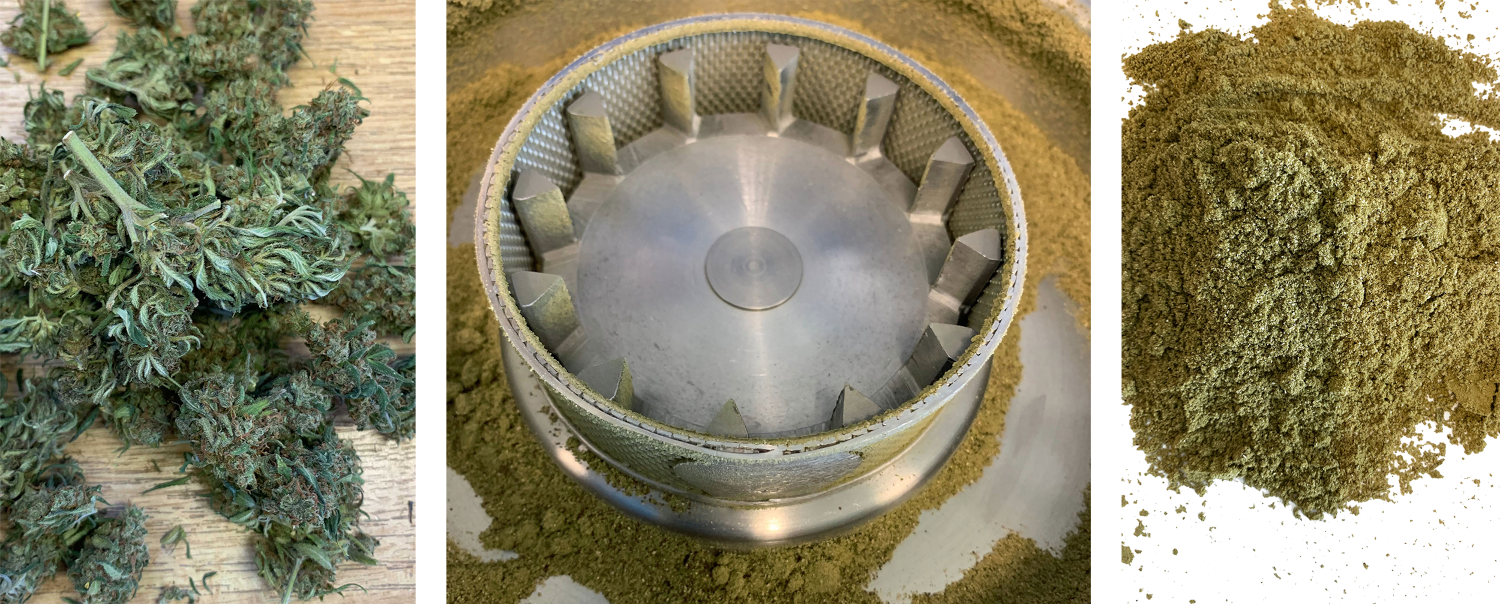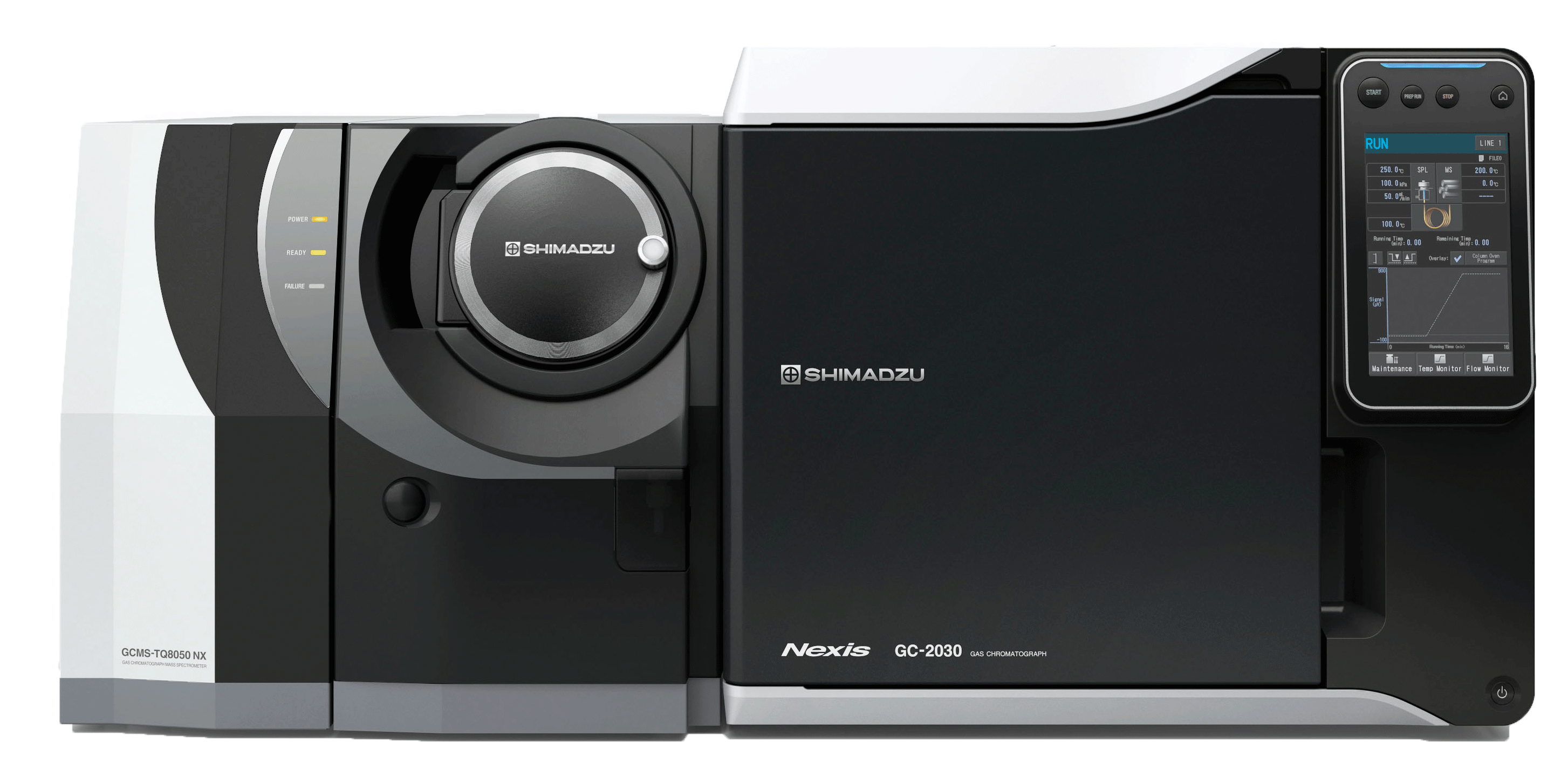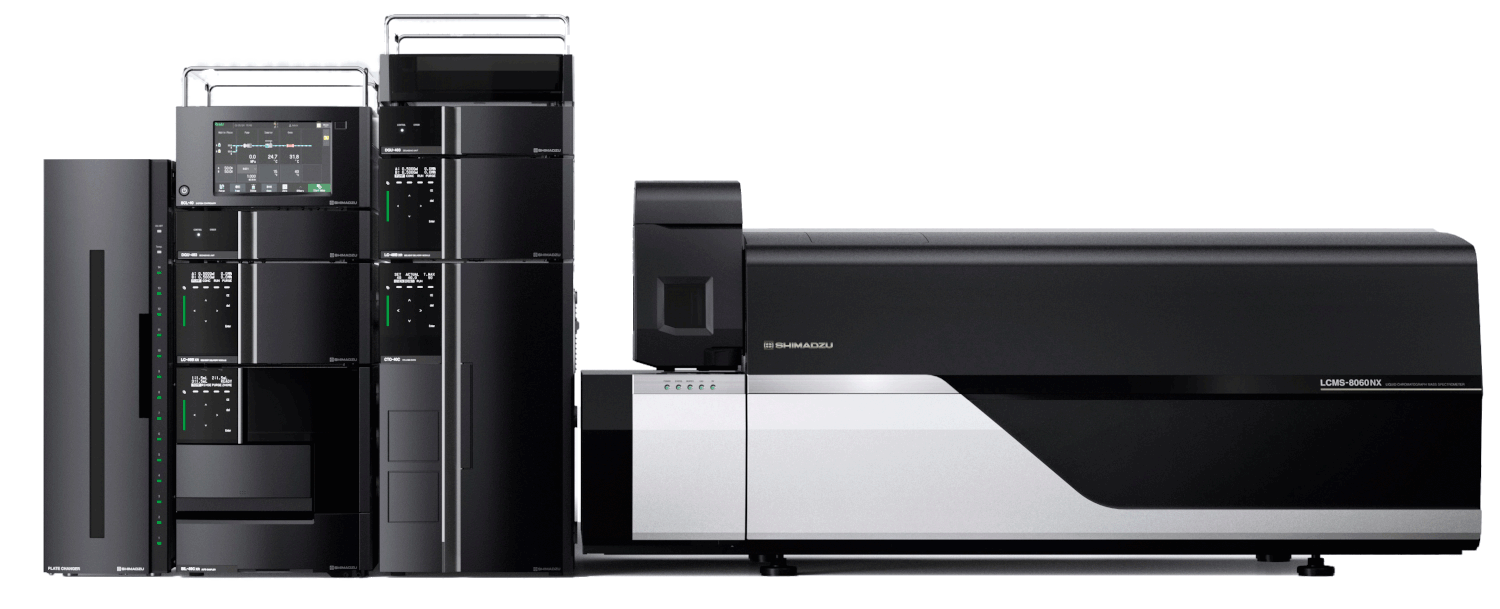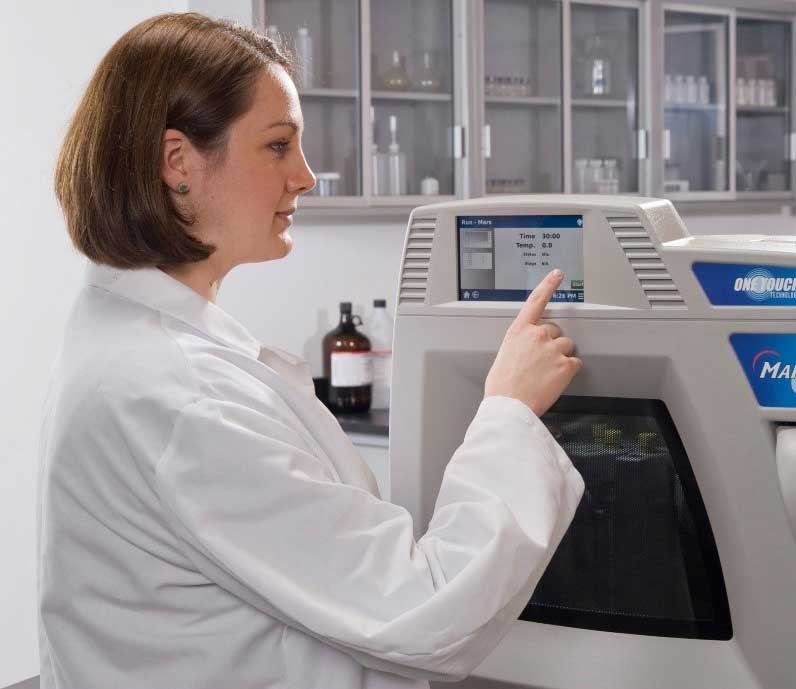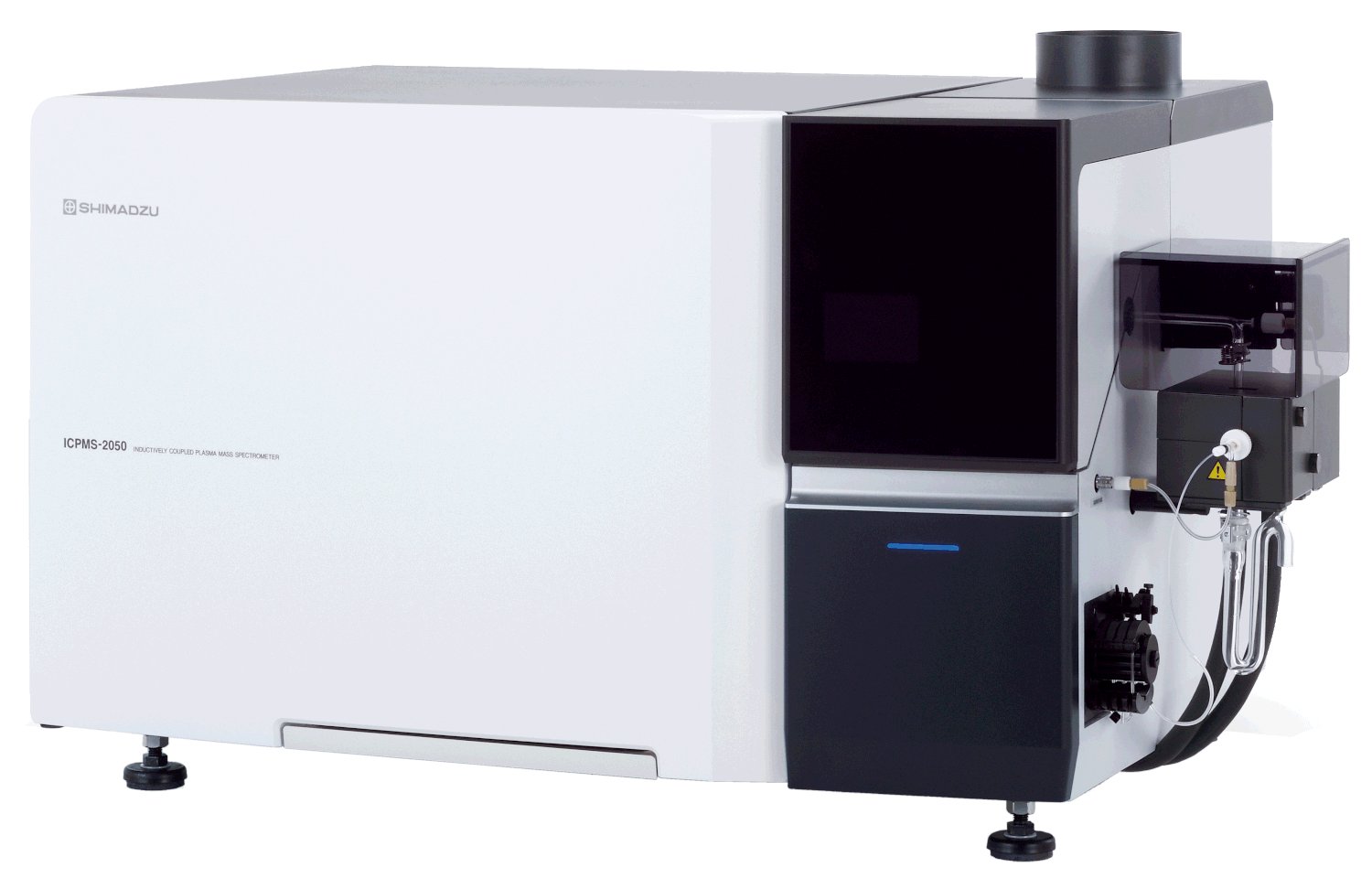The complete solution for analyzing cannabis
From sample preparation to the analytical result
Uwe Oppermann, Shimadzu Europa GmbH
Dr. Tanja Butt, Retsch GmbH
Ulf Sengutta, CEM GmbH
The advantages and disadvantages of cannabis use are once again being hotly debated in Germany since home cultivation was legalized in 2024. Medical prescriptions for medicinal cannabis (flowers and extracts) have been permitted for a few years now, as has the sale of foodstuffs made from so-called industrial hemp or foodstuffs containing industrial hemp ingredients: hemp seeds, protein powder, oils, teas, drinks or even CBD chewing gum and gummy bears. Reliably analyzing the hemp plants and/or the products made from them is required in order to rule out damage to health caused by contaminants such as pesticides, mycotoxins and heavy metals and to prevent batches with excessive THC or CBD content from coming onto the market. Companies that grow cannabis, the food industry, pharmaceutical companies – they all either have their own laboratories or commission experts to analyze the cannabis and carry out quality control. Together with its partner companies Retsch and CEM, Shimadzu now offers solution packages to laboratories that cover the entire testing process, including grinding, preparation and analysis.


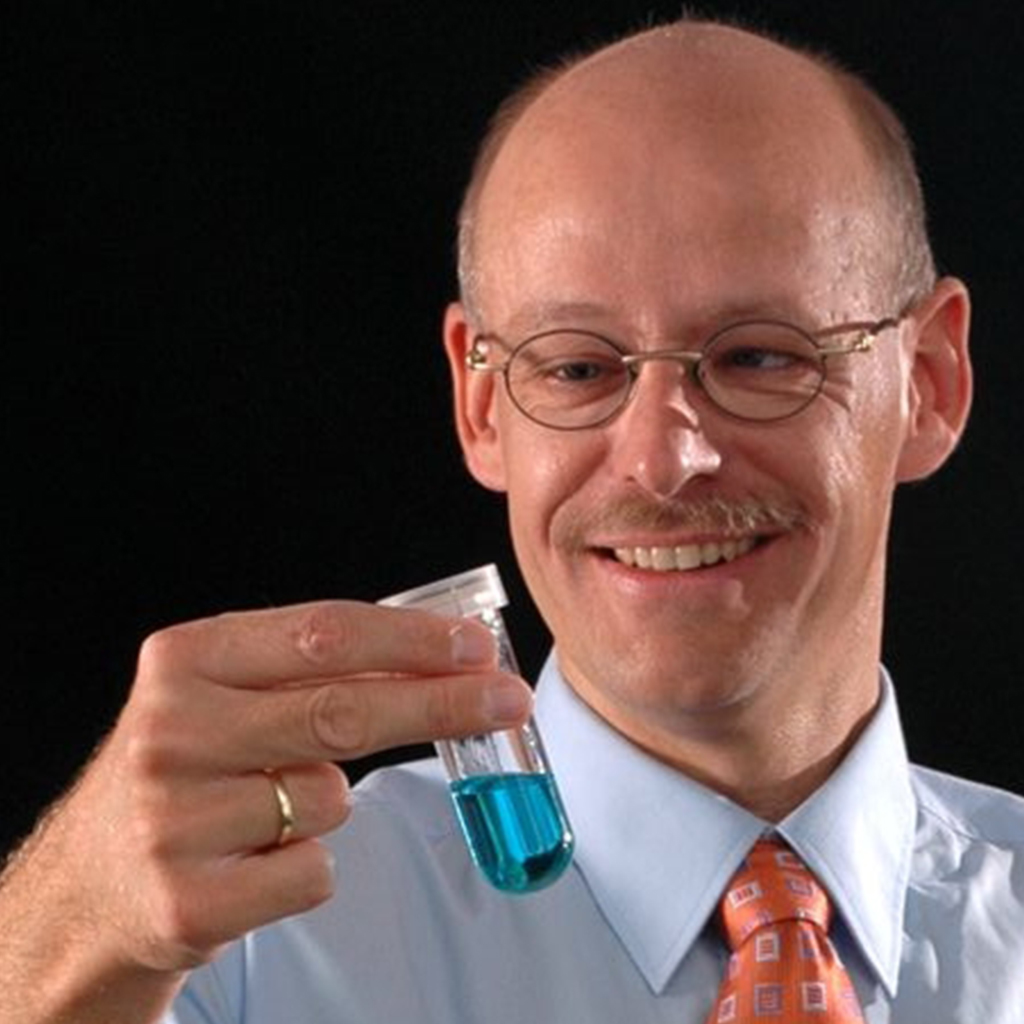
It’s late summer – the beginning of the hemp flowering season. For farmers who grow “Western Cherry”, “Marina”, “Felice” or other hemp varieties, it will soon be time to have some of the flowers and leaves tested in the laboratory. After all, their customers, i.e. manufacturers of hemp protein powders, hemp oils, hemp teas or CBD gummy bears and gels, want a natural product of the highest quality. Nobody wants to ingest pesticides, fungi and heavy metals when chewing on a piece of CBD gum. Cannabis laboratories not only determine the amount of contaminants but also the amount of active ingredients. The content of CBD and THC, for example, varies from year to year and from field to field and must be measured on a random basis, as the various end products have different legally permitted maximum levels for active ingredients from the cannabis plant.
When farmers Smith or Miller send in their selected hemp plants, they are analyzed in detail in a workflow that is not entirely straightforward. However, Shimadzu, Retsch and CEM now offer a complete solution package that can also be customized according to customer requirements. This article explains the individual steps of what is known as potency testing, from homogenization and extraction to analysis, and also looks at heavy metal and pesticide analysis, among other things.
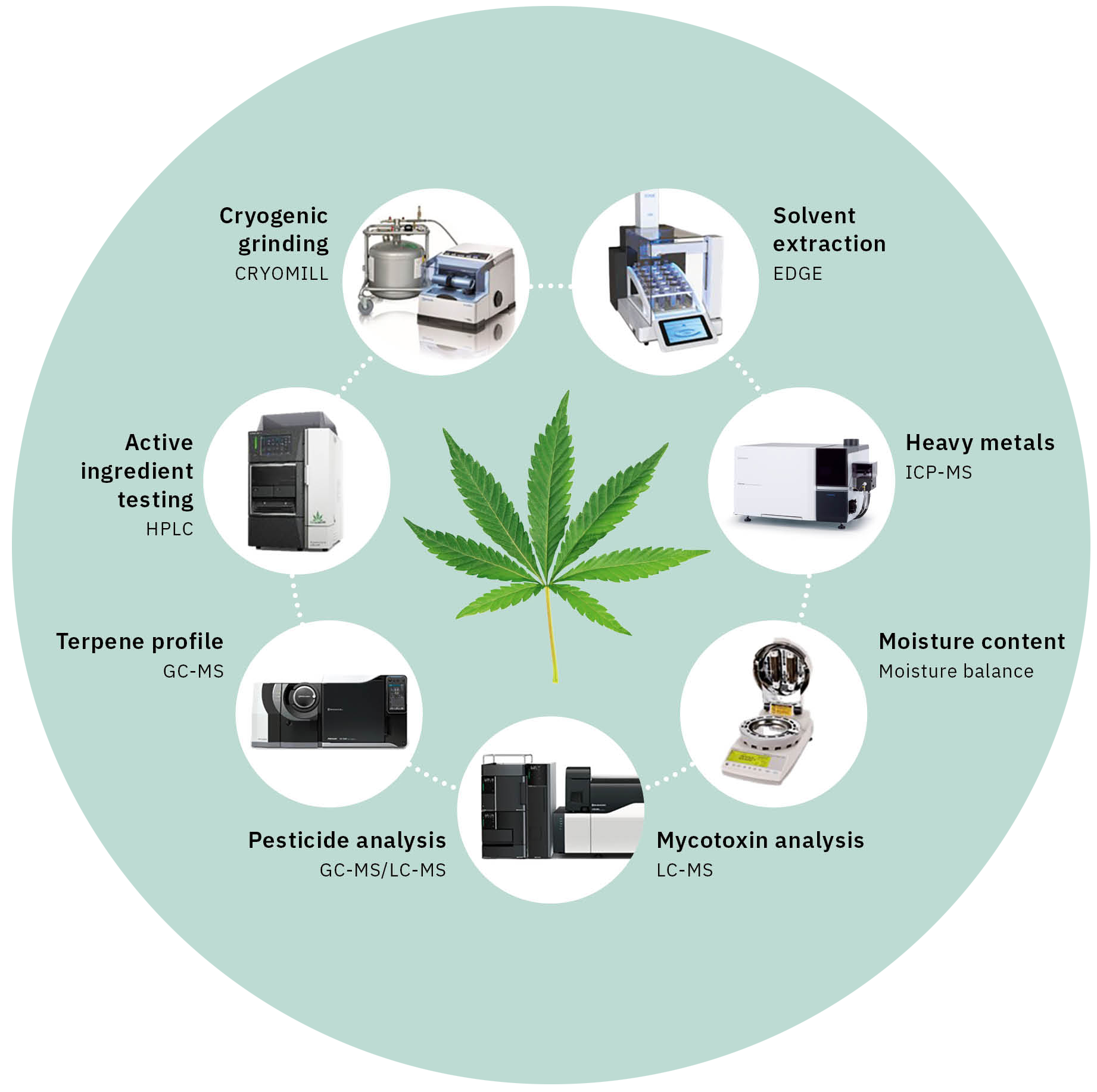
Potency testing (analysis of active ingredients): CBD, CBDA, THC and THCA
The quality control of cannabinoids is essential for correctly labeling cannabis products, both in medical and food applications. The potency of cannabis (hemp) is usually determined by the content of a few selected major cannabinoids such as THCA, THC, CBD and CBN, although the plant contains more than 500 unique compounds, including over 80 chemical alkaloids.
Step 1: Homogenization. Before being analyzed, samples must be sufficiently homogenized so that the subsequent analysis of a sample subset is representative of the initial sample and reproducible. However, grinding plant parts can pose numerous challenges for the user, especially when the parts are oily and difficult to homogenize, as in the case of cannabis. Retsch’s many years of expertise are available to you and provide advice: Selecting the optimum laboratory grinder, accessories and the entire process mainly depends on the sample quantity to be ground and the subsequent analysis. The sample quantity to be ground should be large enough to represent the entire sample. For example, a sample of only a few grams, i.e. a few petals, could not sufficiently represent a heterogeneous sample such as cannabis flowers.
The Vibrating Mill MM 400 and a special adapter (Figure 2) can be used for potency testing, where up to eight samples can be homogenized in conical centrifugal tubes per grinding pass. For this purpose, the dried flowers are deep-frozen at –20 °C, and then 4 g are used per tube. After adding 2 x 15 mm steel grinding balls, homogenization can take place at 30 Hz for 3 minutes, which achieves a fineness of 1 to 2 mm. This method leads to highly reproducible analysis values with minimized sample loss for CBD, CBDA, THC and THCA and also saves time thanks to the high sample throughput, the short grinding time and the fact that disposable vessels don’t need to be cleaned. This method is also suitable for grinding samples for pesticide analysis. After grinding, a partial quantity of 500 mg can be used for the subsequent steps.
Step 2: Extraction. In classic Soxhlet extraction, samples containing CBD and THC are typically extracted over many hours, usually up to 24 hours, under reflux with solvent volumes of 250 to 500 mL. This straightforward work step takes a lot of time and incurs high costs since large quantities of solvent are used and thrown away. Soxhlet appliances also require immense space. Complete fume cupboards are needed and, in terms of sustainability, it is important to remember that hundreds of liters of drinking water are used for the reflux cooling of the Soxhlet equipment. On the other hand, analysis methods that save time and costs and are more sustainable are becoming increasingly important in both research and routine analysis. With the EDGE solvent extraction system, solvent extractions are carried out quickly, easily, safely and cost-effectively.
CEM’s EDGE is an excellent choice for laboratories that need to extract cannabinoids (and pesticides) from cannabis and its products with high recovery rates and repeatable results (Figure 3). The EDGE is a simple automated extraction system that uses solvents to extract samples quickly and effectively. Extractions are carried out in the EDGE under pressure at defined temperatures, which leads to a significant acceleration of the reaction kinetics.
Aside from this faster desorption of the analytes from the liquid or solid matrix, the sample is heated and cooled in a few seconds using a special process. 500 mg of homogenized sample is filled into the Q-Cup and placed in the autosampler. The gripper arm transports the Q-Cup into the sample chamber, where it is then automatically sealed pressure-tight. After adding the solvent, the cell is quickly heated to a defined temperature at increased pressure and the conditions are kept constant for a few minutes so that the analytes are dispersively dissolved out of the sample. The solvent extract is automatically filtered through the Q-Cup disk, after this it is cooled and transferred to the sample vial.
Accelerated solvent extraction is considerably faster than Soxhlet, ultrasound, classic ASE, QuEChERS or other traditional extraction methods and requires much less solvent and considerably less work. The EDGE only takes up around one DIN A3 sheet of space, meaning very small, and can be set up practically anywhere, even outside a fume cupboard.
Step 3: Analytics. HPLC has become the gold standard for fast and simple cannabinoid analysis since this method can be used to separate and detect all cannabinoids. Furthermore, the HPLC-UV method offers good linearity, a low detection limit and high precision of retention time and peak area for the cannabinoids of interest (Figure 4).
The Cannabis Analyzer from Shimadzu (Figure 5) can be used to analyze all eleven important cannabinoids. The basis is the i-Series Plus compact system with UV detection. The predefined methods make it very easy to get started with cannabis active substance testing. The i-Series Plus automates sample preparation, such as sample dilution or the addition of reagents. This reduces the risk of measurement errors caused by carrying out the steps manually and ensures highly reproducible and reliable data, not only when analyzing cannabis, pharmaceutical products and foodstuffs. The i-Series Plus meets the data integrity requirements of the pharmaceutical industry with special functions.
Terpene analysis
Terpenes are organic aromatic substances that are formed in the trichomes (in which THC is produced) and influence the overall homeopathic effect as essential medicinal hydrocarbon components. A very important aspect when grinding samples for terpene analysis is avoiding heating. This can cause the terpenes to be lost as volatile sample components, which would distort the results of the subsequent analysis. It was demonstrated that closed grinding systems such as ball mills are particularly suitable for analyzing terpenes (Figure 6). They can also be used cryogenically, which prevents the loss of volatile components and at the same time improves the fracture properties of oily samples so that good homogenization is achieved. A maximum of 1 x 20-mL sample or 2 x 40-mL samples can be first made brittle in the CryoMill or in the MM 500 control and then ground with liquid nitrogen within a few minutes (Figure 7). Both systems are particularly safe and convenient, as there are no open liquid nitrogen baths that the user could come into contact with. Cooling happens automatically. Programmable cooling pauses should be long enough to effectively prevent heating. In ball mills, samples such as dried cannabis flowers can be crushed to 0.1 mm. If larger sample quantities of up to approx. 4 liters need to be homogenized, this can also be done in the Ultra Centrifugal Mill ZM 300 (Figure 8). Here, an optional cyclone generates an air flow to cool the sample. In order to keep heating to a minimum, ring sieves of < 0.5 mm should not be used; a final fineness of approx. 300 µm is standard and sufficient to provide good follow-up analysis (Figure 6).
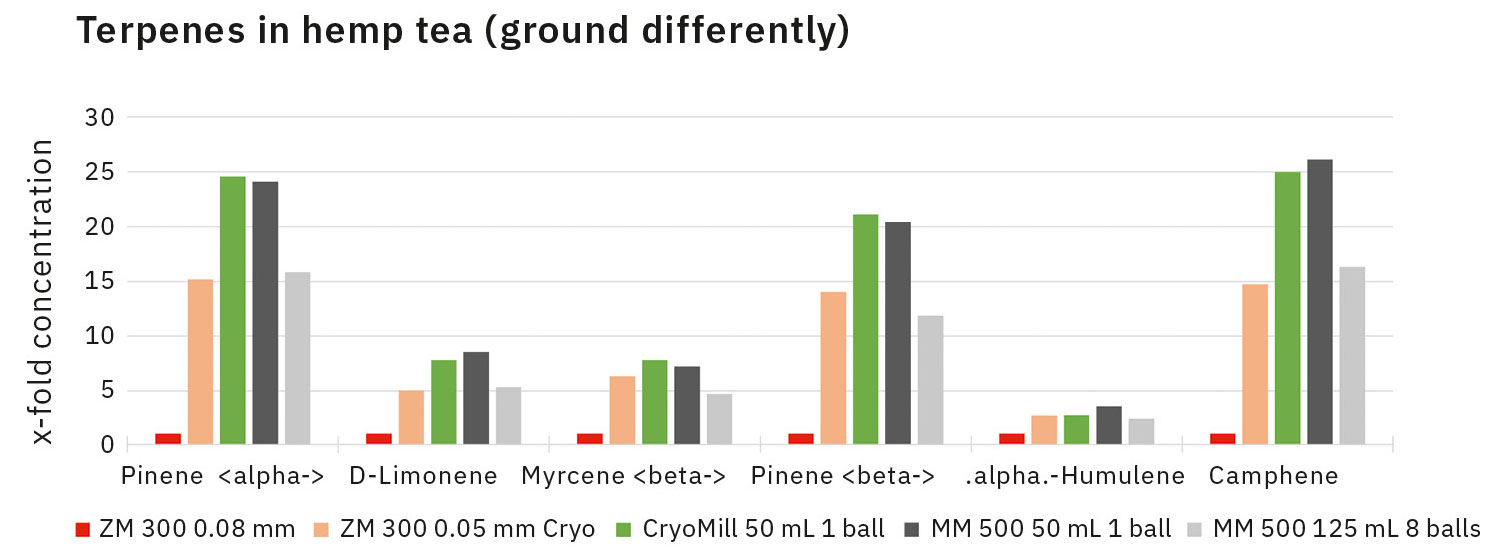
The ground samples can be analyzed directly. Terpenes and their synergistic effect with cannabinoids can be easily characterized thanks to gas chromatography (GC) systems from Shimadzu and range from pinewood aromas to fresh citrus scents.
The Shimadzu GCMS-TQ8050 NX (Figure 9) with the HS-20 Headspace Sampler and the NIST spectral library can identify more than 3,000 flavors and fragrances, fulfilling an important requirement for terpene profiling, which is one of the quality criteria for cannabis plants. The same system configuration can be used for analyzing residual solvents, while an additional liquid autosampler is used for pesticide analysis.
Pesticide analysis
Pesticides used in the commercial cultivation of cannabis can be both carcinogenic and mutagenic and cause serious health issues, especially in immunocompromised users of medicinal cannabis products. Due to the risk of pesticide exposure from inhaled and consumed cannabis products, pesticides in the plant material and in products made from it must be monitored. Once again, the mills already mentioned in the previous sections are suitable for grinding and homogenization. In principle, finer ground samples can be extracted more easily, which is why ball mills are advantageous here.
As matrices, cannabis and its related products have proven difficult to extract, and more traditional pesticide extraction methods such as QuEChERS do a poor job extracting these products. That is why a better extraction method is needed. The EDGE from CEM (see Potency Testing section and Figure 3) is ideal for pesticide analysis. The EDGE extraction system was developed for extracting solvent from samples quickly and automatically. This allows different samples to be extracted quickly in just 5 to 10 minutes. Extractions are carried out in the EDGE under pressure at defined temperatures, which leads to a significant acceleration of the reaction kinetics. Aside from this faster desorption of the analytes from the liquid or solid matrix, the sample is heated and cooled in a few seconds using a special process.
Shimadzu offers the most sensitive and comprehensive pesticide analysis in the European market with liquid chromatography-mass spectrometry systems (LC-MS/MS). For example, a highly sensitive LC-MS/MS analysis of 211 pesticides in dried cannabis products is possible in less than 12 minutes using a Shimadzu LCMS-8060 NX triple quadrupole mass spectrometer (Figure 10).
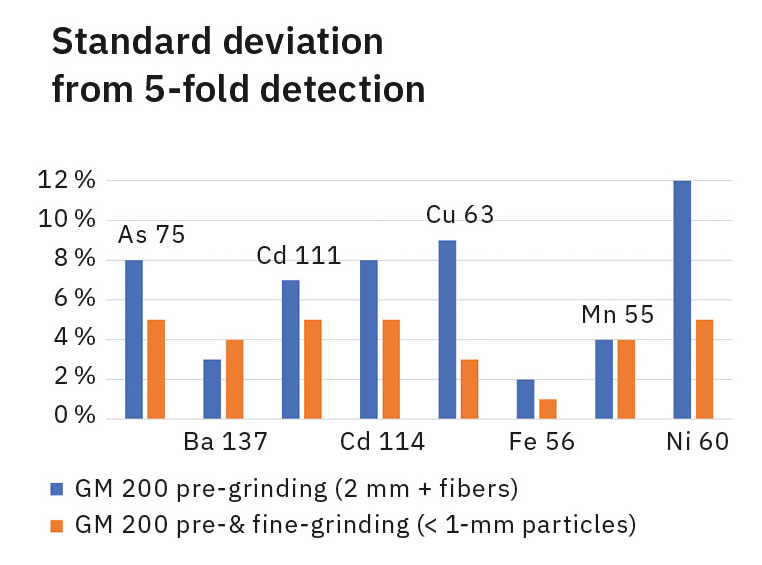
Mycotoxins
Since cannabis has a high moisture content, long-term storage can lead to fungal growth known as mold, where the mycotoxins are toxic secondary metabolites. Aflatoxins, for example, are a subgroup of mycotoxins that mostly occur in soil and decaying vegetation. In Europe, the EU Commission has set out strict guidelines for the sampling and analysis methods used to test for mycotoxins.
Similar to sample preparation for potency testing, Retsch’s rotor or ball mills can be used for the subsequent analysis of mycotoxins; extraction is quick and easy when using CEM’s Edge. The LCMS-8050 triple quadrupole mass spectrometer from Shimadzu allows the cannabis laboratory to test mycotoxins quickly and with high sensitivity in the required concentration range.
Heavy metal analysis
As cannabis plants grow, they can absorb toxic heavy metals such as lead, cadmium, arsenic and mercury from the soil. If samples are to be analyzed for heavy metals, the knife mill GM 200, which is particularly easy to handle and homogenizes samples up to 200 ml in one go, is also suitable alongside the ball mills and the ZM 300, which have already been mentioned. It has been demonstrated that a particle size of < 1-mm particles is sufficient to achieve very good reproducibility. The standard deviation was below 5 % for all analyzed elements. If a shorter grinding time is selected, resulting in coarser particles (2 mm), standard deviations of up to 12 % can be expected (Figure 11). As a result, it pays off to carry out homogenization carefully in order to minimize these kinds of particle size effects.
In the case of heavy metal analysis, particular attention must be paid to choosing the right grinding tools for crushing. Since mechanical grinding always causes abrasion of the grinding tool, using steel tools inevitably leads to a falsification (increase) of the heavy metal values in the sample. This can be avoided by choosing the right grinding tools, for example with tools made of zirconium oxide in the case of ball mills or titanium in the case of the GM 200 or the ZM 300. Figure 12 clearly shows that steel tools increase and distort the measured concentration of heavy metals in the samples.
There are various methods for determining trace metals in plant material such as cannabis or in edibles (foodstuffs mixed with hemp). All require digestion with mineral acid to destroy the organic matrix, dissolve metal traces and so obtain a liquid sample. The MARS 6 from CEM is suitable for this (Figure 13). It is the only system that uses integrated sensor technology to recognize the type of vessel and sample number to create a user-defined algorithm that ensures the highest quality extract.
With options for controlling the system remotely and non-contact temperature control of all containers, the MARS 6 is capable of processing even the most difficult samples. In contrast to digestion systems with convective heating, “microwave digestion systems” are able to dissolve the solid sample within a short time. As the digestion times are often reduced many times with the help of microwave energy, this equates to a huge time saving and therefore saves costs too, especially for routine operations. Almost any sample material can be digested faster with microwave energy than with traditional methods.
For microwave digestion, a 0.5-g cannabis sample is placed in a MARSXpress Plus vessel together with 9 ml of HNO3 and 1 ml of HCl. Once the initial reactions are complete, the vessels are sealed and placed in the rotor, which can digest up to 24 samples in one single temperature-controlled cycle. After the rotor/rotary plate with the sample vessels has been inserted into the MARS 6, the pre-programmed “cannabis method” is started, using one-touch technology on the MARS 6 touchscreen. The MARS 6 recognizes all relevant digestion parameters by itself, so that digestion happens automatically at the touch of a button on the “One Touch” app. This includes controlling the reaction parameters of time, pressure and temperature, counting the containers, the optimum microwave output and the container type. The temperatures of all vessels are also displayed visually on the MARS 6 touchscreen. The innovative sensor technology directly controls the reaction kinetics of the digestion reactions and then regulates the optimum microwave exposure.
Heavy metals such as arsenic, cadmium, chromium and lead are natural components of the earth’s crust and typically occur in our environment, meaning they are present in water and soil in varying concentrations. The concentration of heavy metals in plants intended for human consumption must be carefully controlled due to their potentially dangerous toxicity. Cannabis in particular is a plant that extracts heavy metals from the soil, which then accumulate in the plant.
The Shimadzu ICPMS-2050 mass spectrometer with inductively coupled plasma (Figure 14) and its newly developed collision cell to minimize interference provides the sensitivity required to measure the lowest concentrations of these toxic metals with a high degree of accuracy.
All quality control tools
Three partners, one complete solution: The latest analytical toolbox now includes various system configurations, starting with the indispensable analysis-oriented sample preparation with different laboratory mills from Retsch (ball, rotor, knife or cutting mills), sample digestion with microwave laboratory equipment and microwave-accelerated solvent extraction systems from CEM (MARS 6 and EDGE), through to instrumental analysis. Shimadzu is offering the HPLC Cannabis Analyzer for active ingredient analysis, the LCMS-8060 NX triple quadrupole mass spectrometer for pesticide and mycotoxin analysis, the triple quadrupole mass spectrometer TQ-8050 NX for terpene analysis and the
ICPMS-2050 for measuring heavy metals. With this toolbox, cannabis laboratories and manufacturers with their own laboratory can work efficiently and in full compliance with international regulations.
To guarantee a representative and reproducible analysis, appropriate care should be taken in all three areas covered by the above-mentioned companies. If the test results are positive, nothing stands in the way of farmers Smith or Miller obtaining a certificate – the industrial hemp can then be further processed and may soon end up in your local supermarket in the form of oil or tea.
